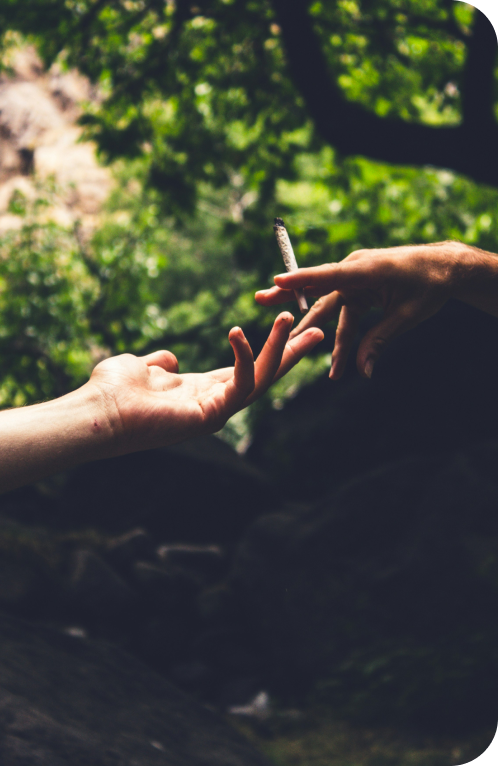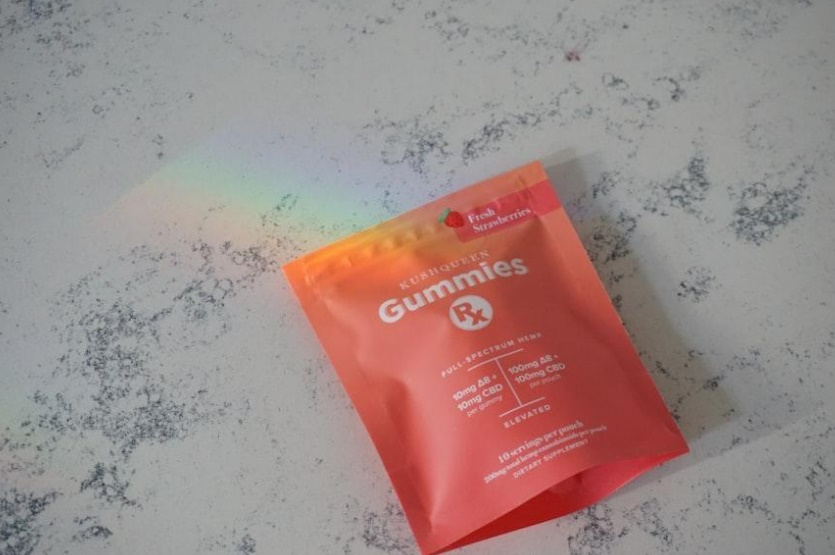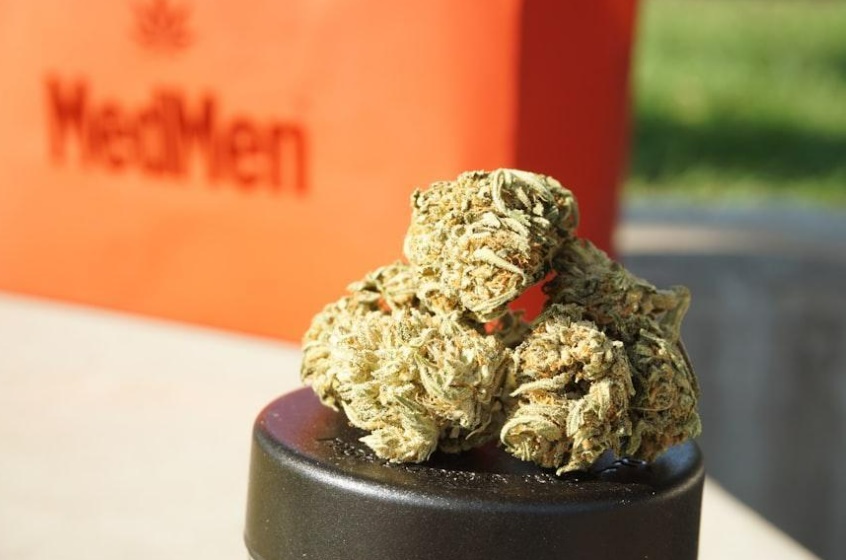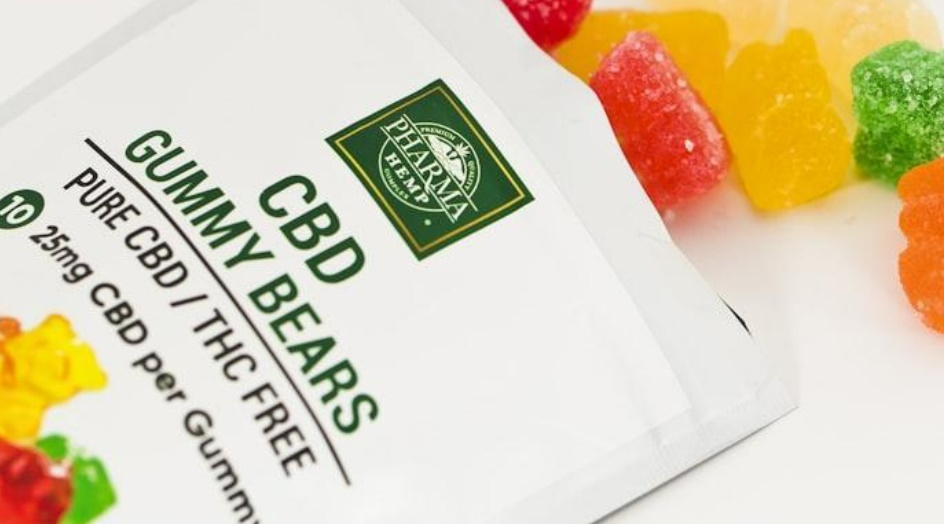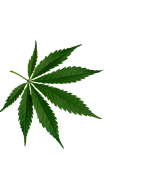
What is Recreational Cannabis?
Recreational cannabis refers to the use of cannabis primarily for personal enjoyment, relaxation, or social purposes rather than for medical treatment. It is consumed without a prescription or medical oversight and is typically sought for its psychoactive effects, primarily caused by tetrahydrocannabinol (THC). While recreational cannabis can have therapeutic effects, its primary goal is enjoyment rather than targeted medical benefits. It is Governed by regional laws, including age restrictions and purchase limits.
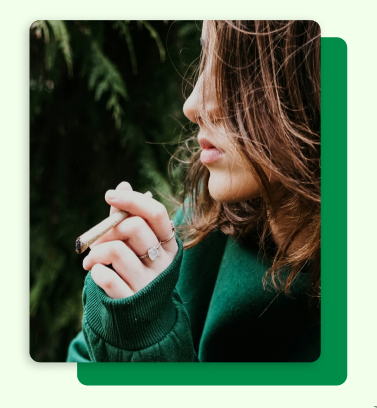

Recreational Use of Cannabis
Medical cannabis refers to the use of cannabis and its components, such as cannabinoids, for therapeutic purposes to treat specific medical conditions or symptoms.

Smoking
Cannabis is often smoked using joints, blunts, or pipes. Provides quick effects as THC enters the bloodstream.

Vaporizing
Vaporizers heat cannabis without burning it, producing a vapor that’s inhaled. smoother and less harsh

Edibles
Cannabis-infused foods and drinks, such as brownies, gummies, or teas, are consumed.

Beverazes
Cannabis-infused drinks like teas, sodas, or cocktails are gaining popularity. slower onset of effects
Statistics of Using
Recreational Cannabis
Global Statistics
219 million
88%
people worldwide used cannabis in 2021
88% of U.S. adults favoring legalization for medical and/or recreational use as of October 2022.
Cannabis Usage in Colombia
2.6 M
45%
25%
Annual Users
Recreational
Medical
According to statistical data from the year 2008, the most widely spread type of drug in Colombia is marijuana, with 448,730 users.
Colombian law allows people to grow up to 20 plants and carry up to 20 grams for personal use, though selling marijuana is illegal.
Higher usage in urban areas (75%) compared to rural regions (25%).
Smoking (85%) is the most common method, followed by edibles (10%) and oils (5%).
